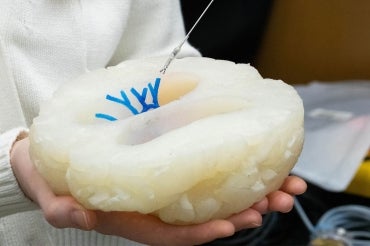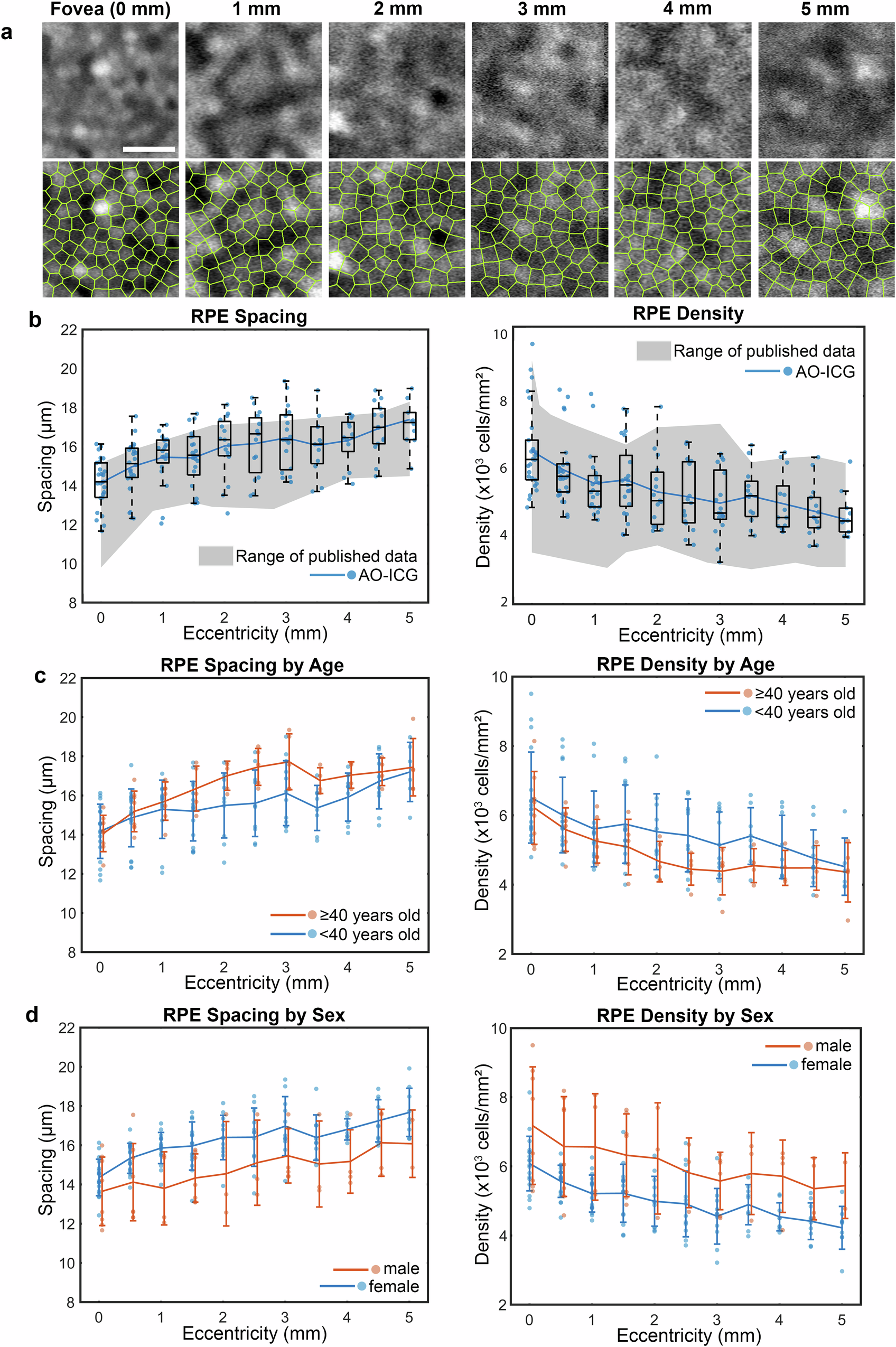2025-04-23 トロント大学(U of T)

This twisted string actuated forceps, shown next to a model brain, is one of the magnetically-controlled miniature robotic tools developed by researchers at U of T’s Faculty of Applied Science & Engineering and the Hospital for Sick Children (SickKids) (photo by Tyler Irving)
<関連情報>
- https://www.utoronto.ca/news/tiny-robotic-tools-powered-magnetic-fields-could-enable-minimally-invasive-brain-surgery
- https://www.science.org/doi/10.1126/scirobotics.adk4249
脳内低侵襲手術のための磁気作動式器用ツール Magnetically actuated dexterous tools for minimally invasive operation inside the brain
Changyan He, Robert Nguyen, Haley Mayer, Lingbo Cheng, […] , and Eric Diller
Science Robotics Published:26 Mar 2025
DOI:https://doi.org/10.1126/scirobotics.adk4249
Abstract
Operating in the brain for deep-seated tumors or surgical targets for epilepsy is technically demanding and normally requires a large craniotomy with its attendant risk and morbidity. Neuroendoscopic surgery has the potential to reduce risk and morbidity by permitting surgical access through a small incision with burr hole and a narrow corridor through the brain. However, current endoscopic neurosurgical tools are straight and rigid and lack dexterity, hindering their adoption for neuroendoscopic procedures. We propose a class of robotic neurosurgical tools that have magnetically actuated wristed end effectors small enough to fit through a neuroendoscope working channel. The tools were less than 3.2 millimeters in overall diameter and contained embedded permanent magnets that allowed wireless actuation with magnetic fields. Three magnetic tools are presented: a two–degrees-of-freedom (DoFs) wristed gripper, a one-DoF pivoting scalpel, and a one-DoF twisted string–actuated forceps. This work evaluated the feasibility of these tools for completing minimally invasive neurosurgical resection and cutting tasks. Experimental tests on a silicone brain phantom showed that the tools could reach the ventricle area for simulated tumor removal and access a section of the corpus callosotomy for a simulated tissue-severing procedure in epilepsy treatment. Integration of the magnetic end effectors with a concentric tube robot as a hybrid steerable surgical robotic system enabled in vivo experiments on piglets. These experiments show that wireless magnetic tools could perform essential neurosurgical tasks, including gripping, cutting, and biopsy on living brain tissue, suggesting their potential for clinical applications.


